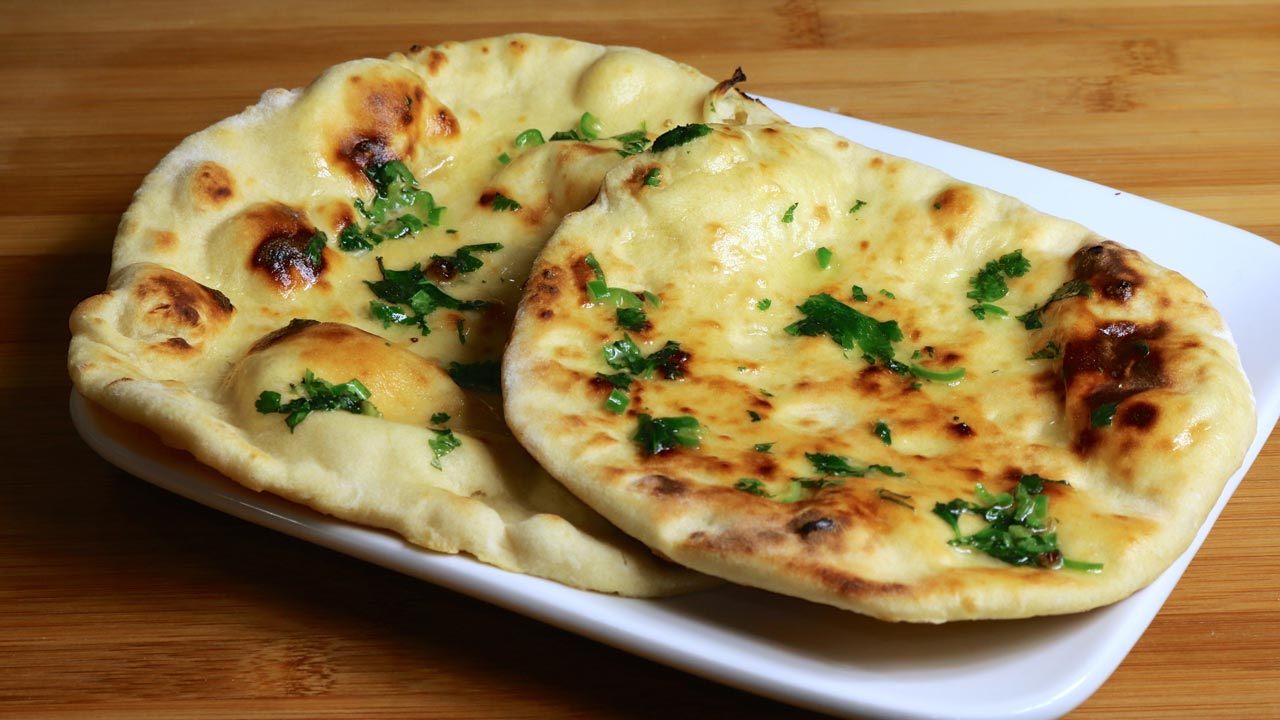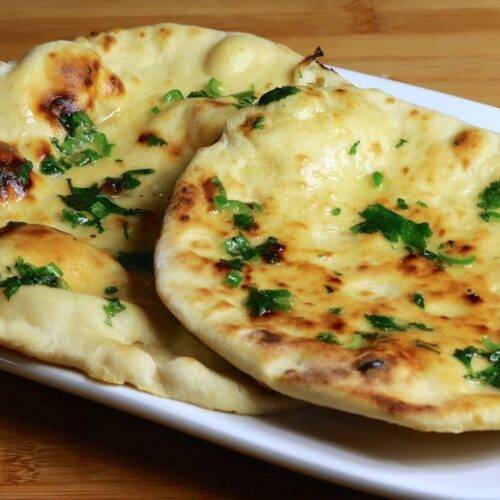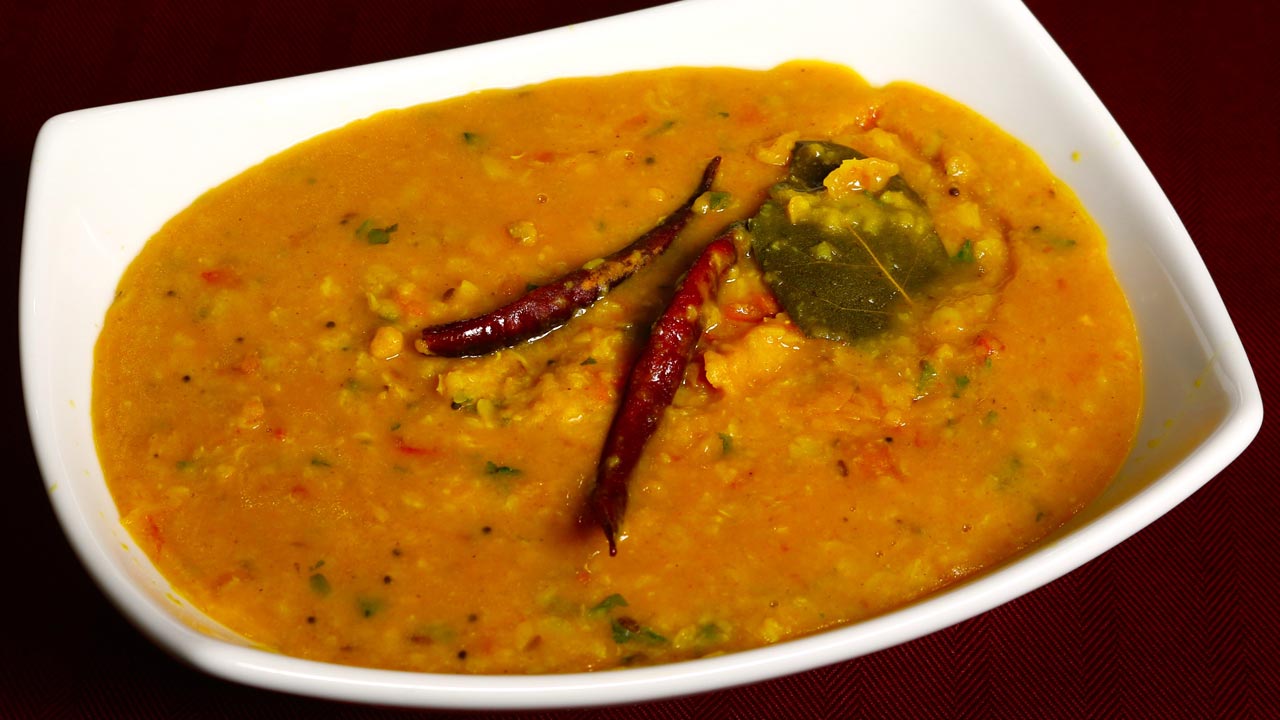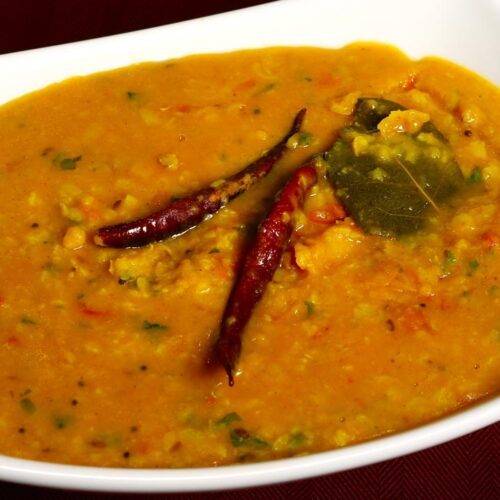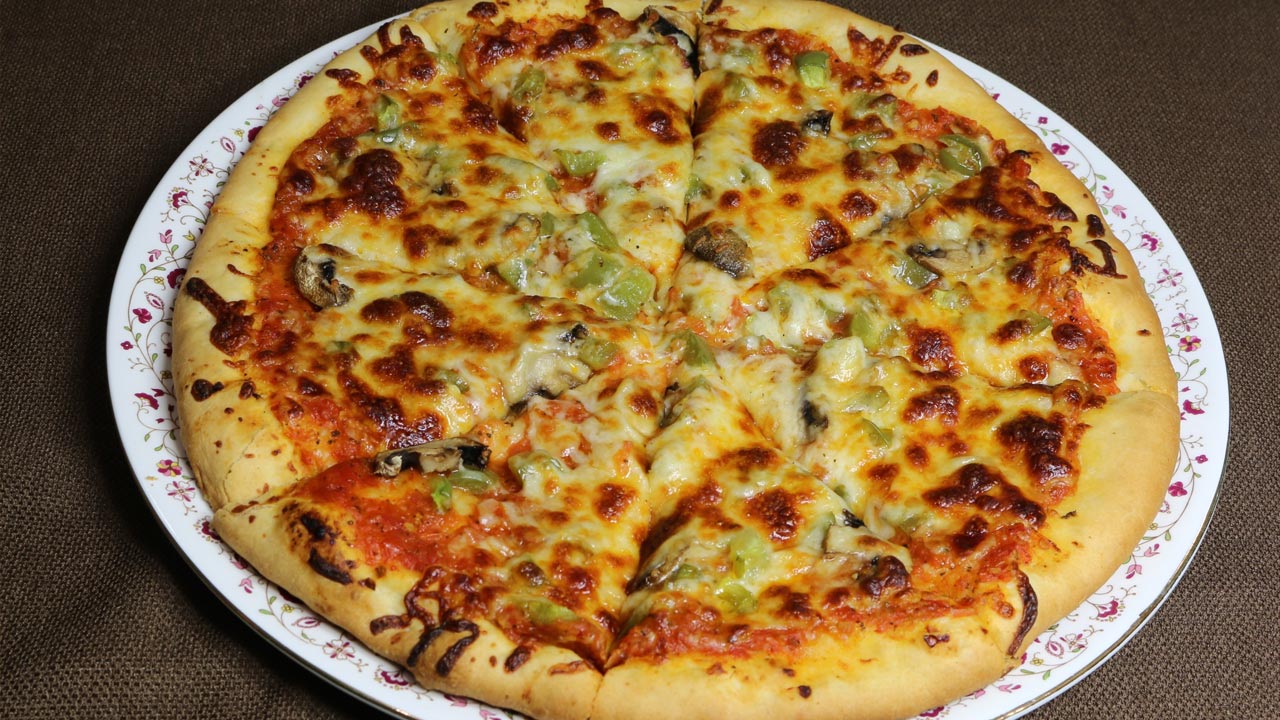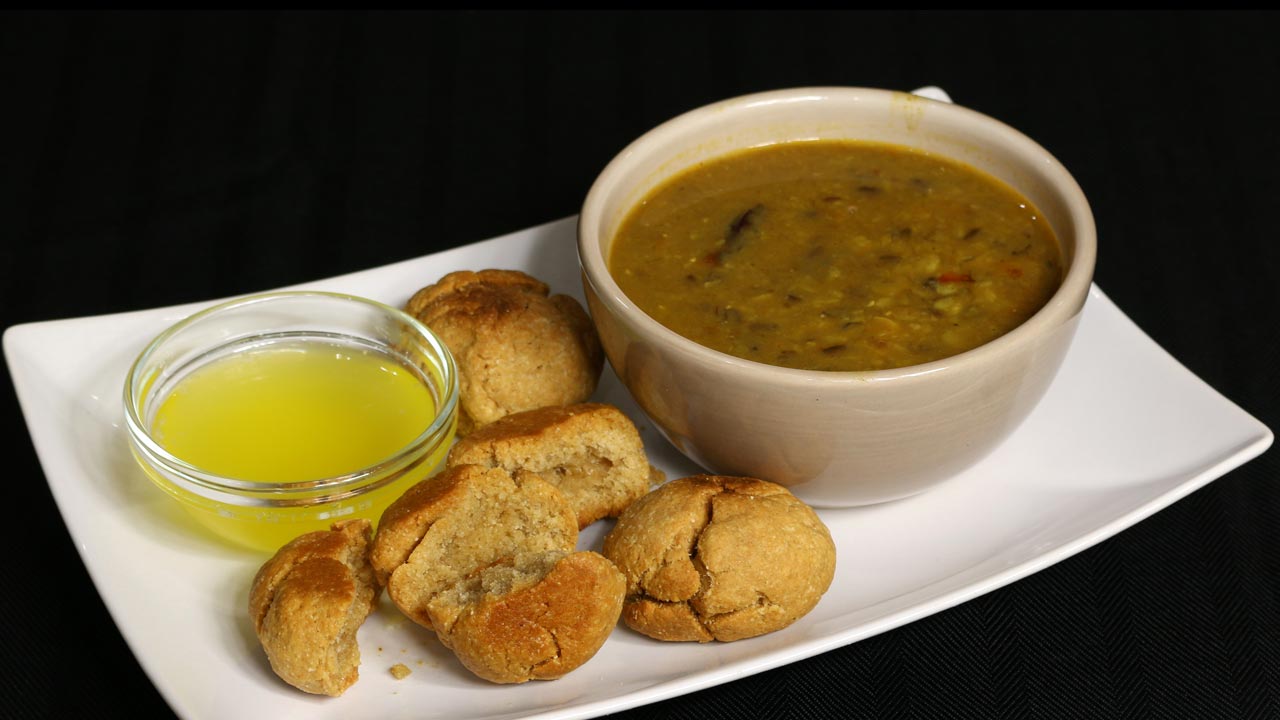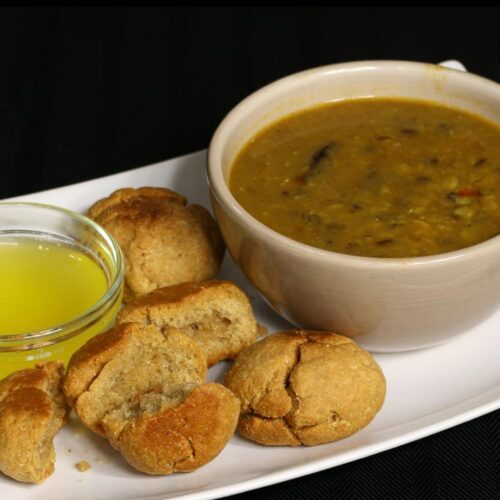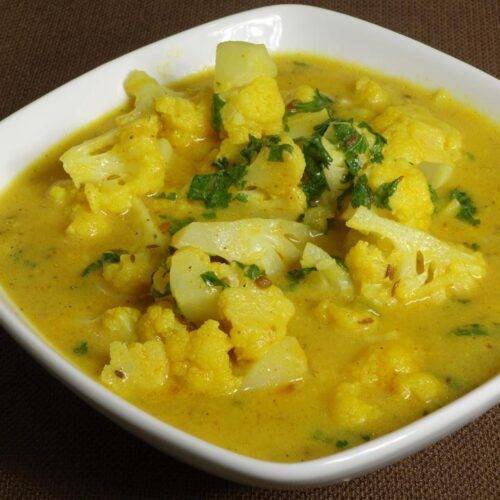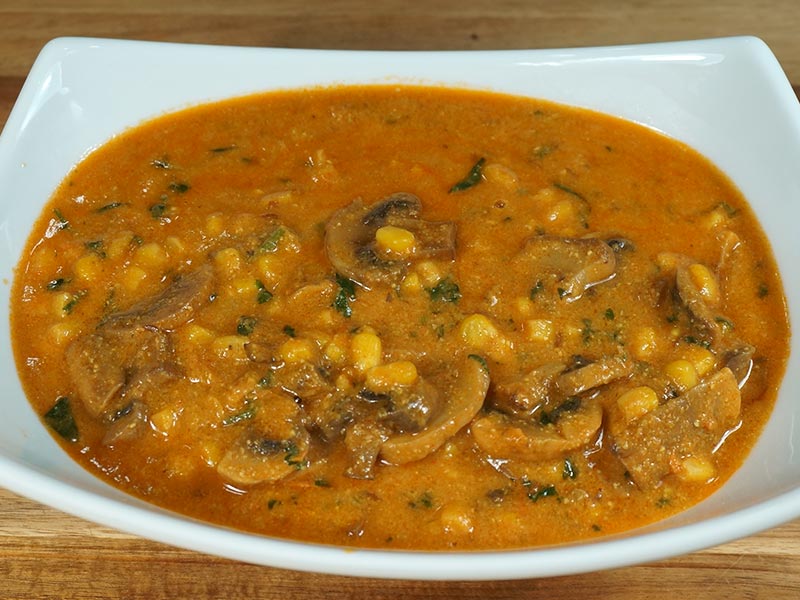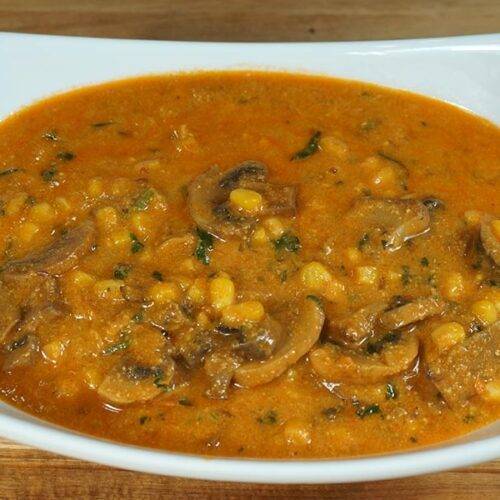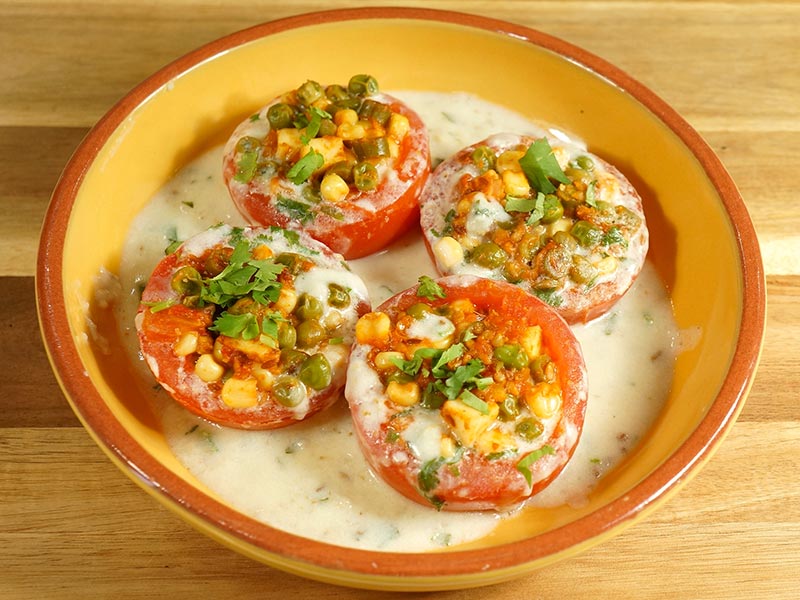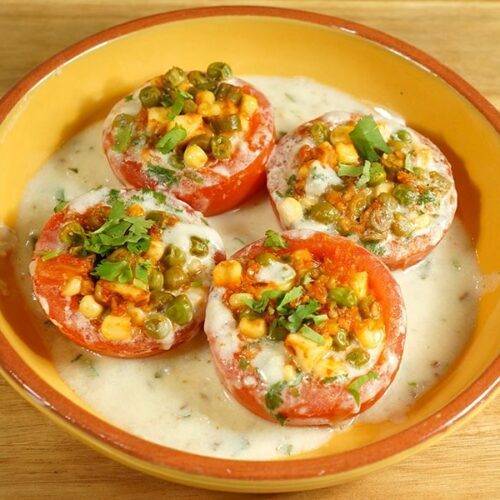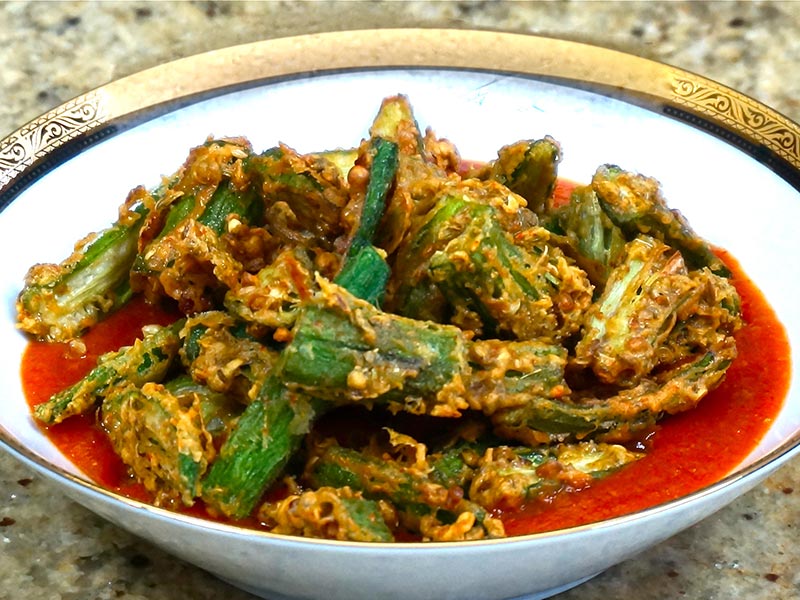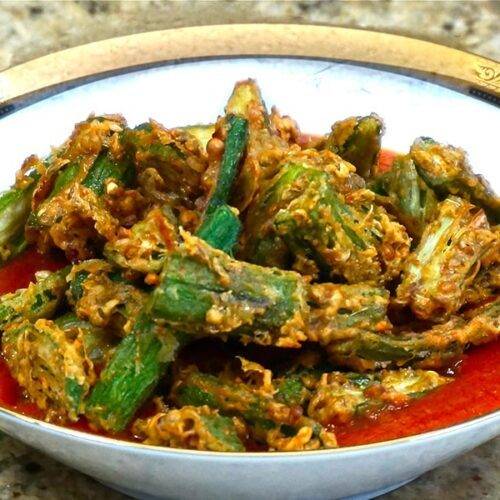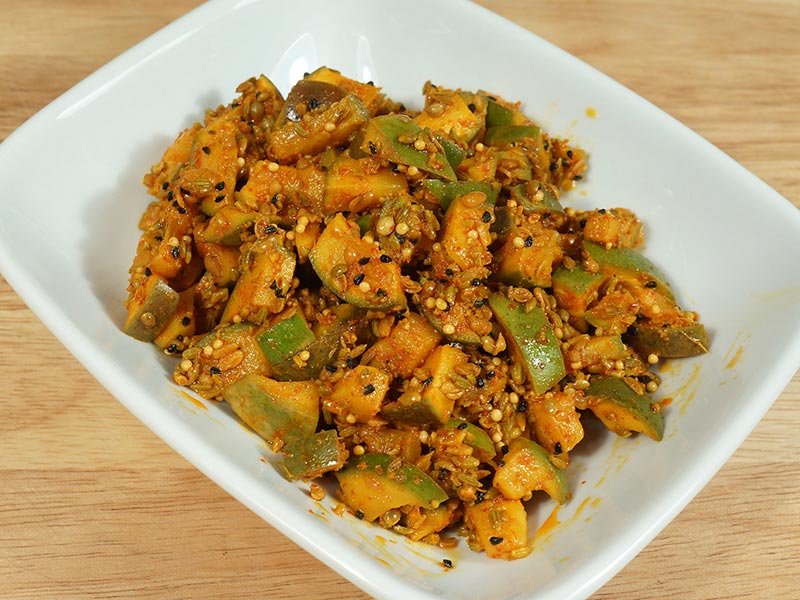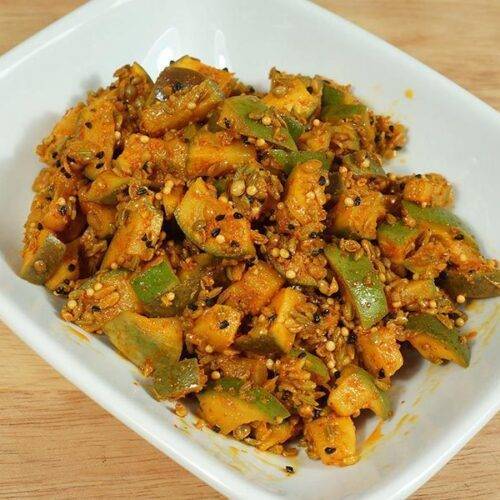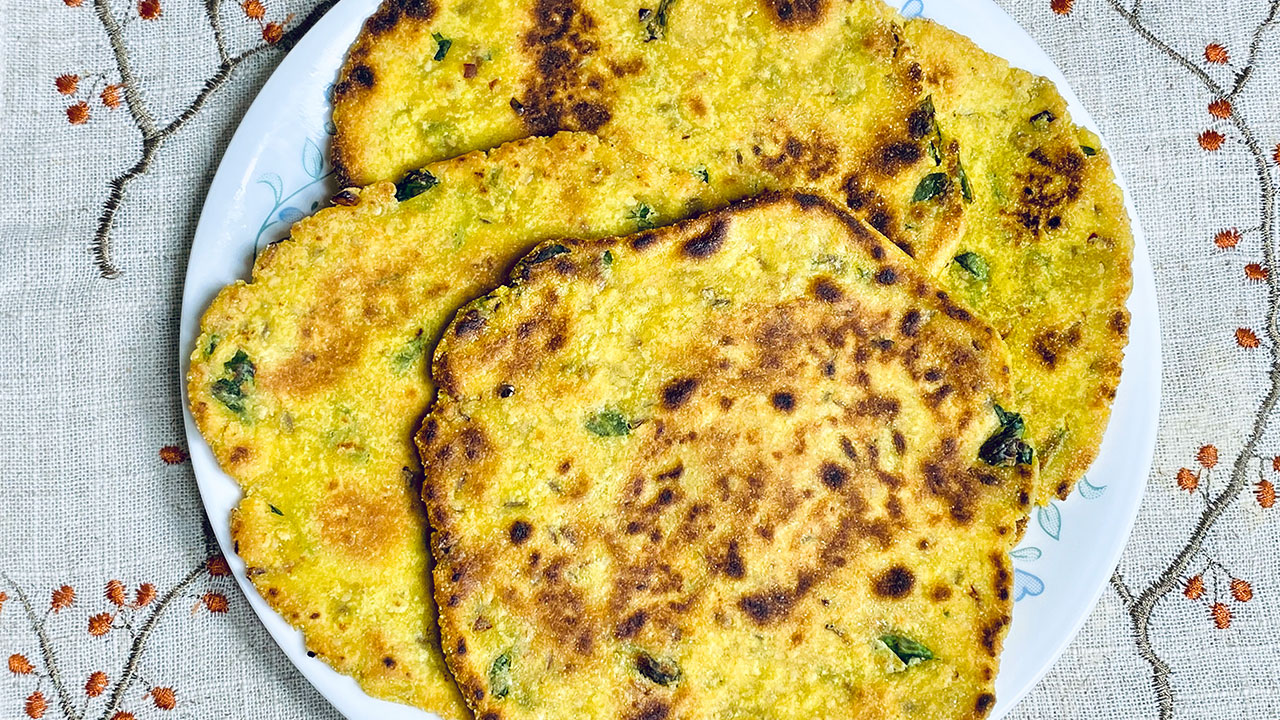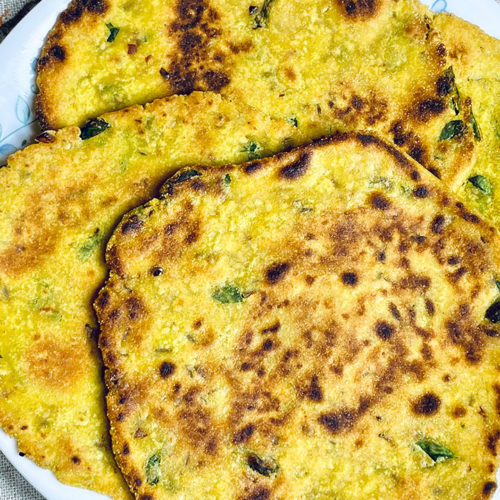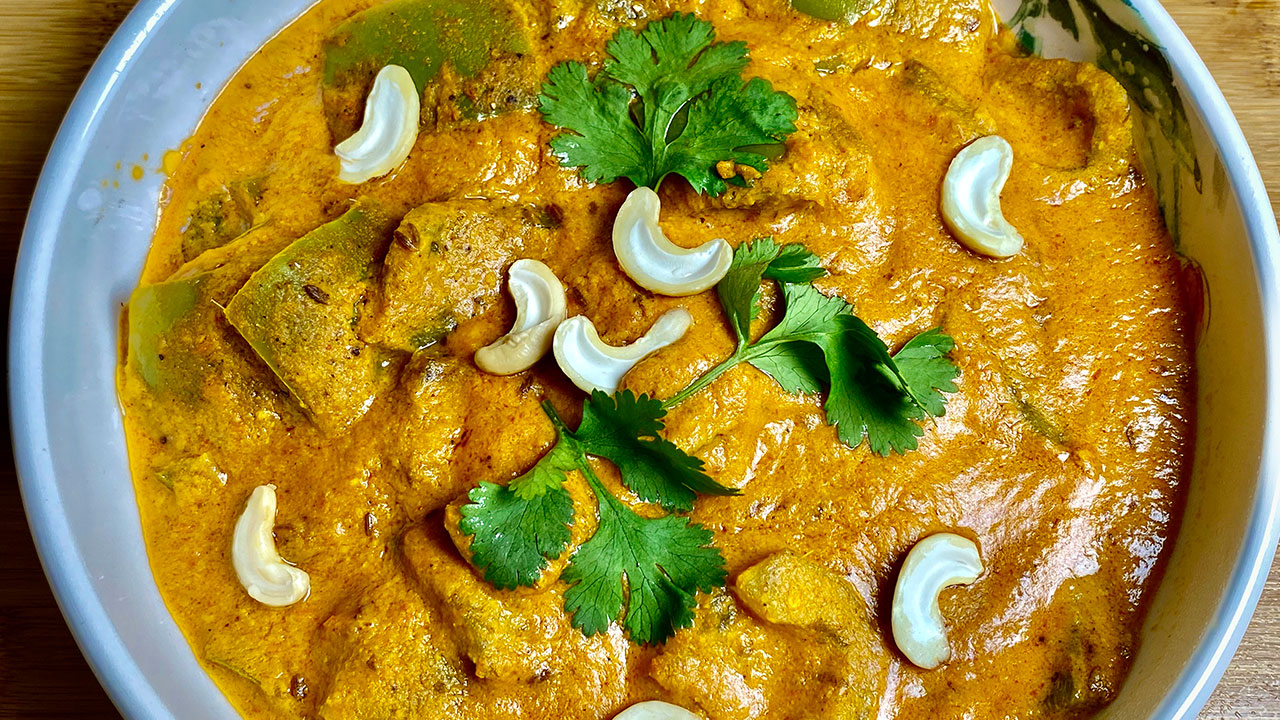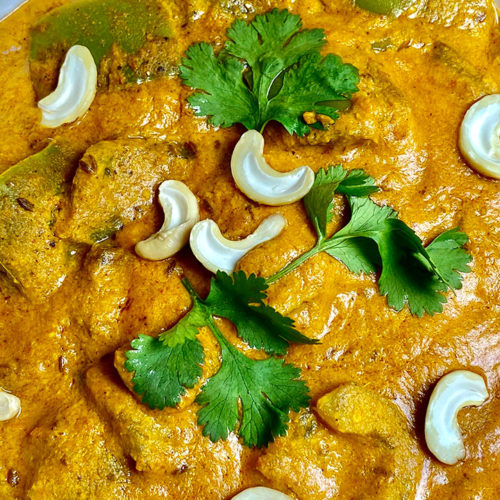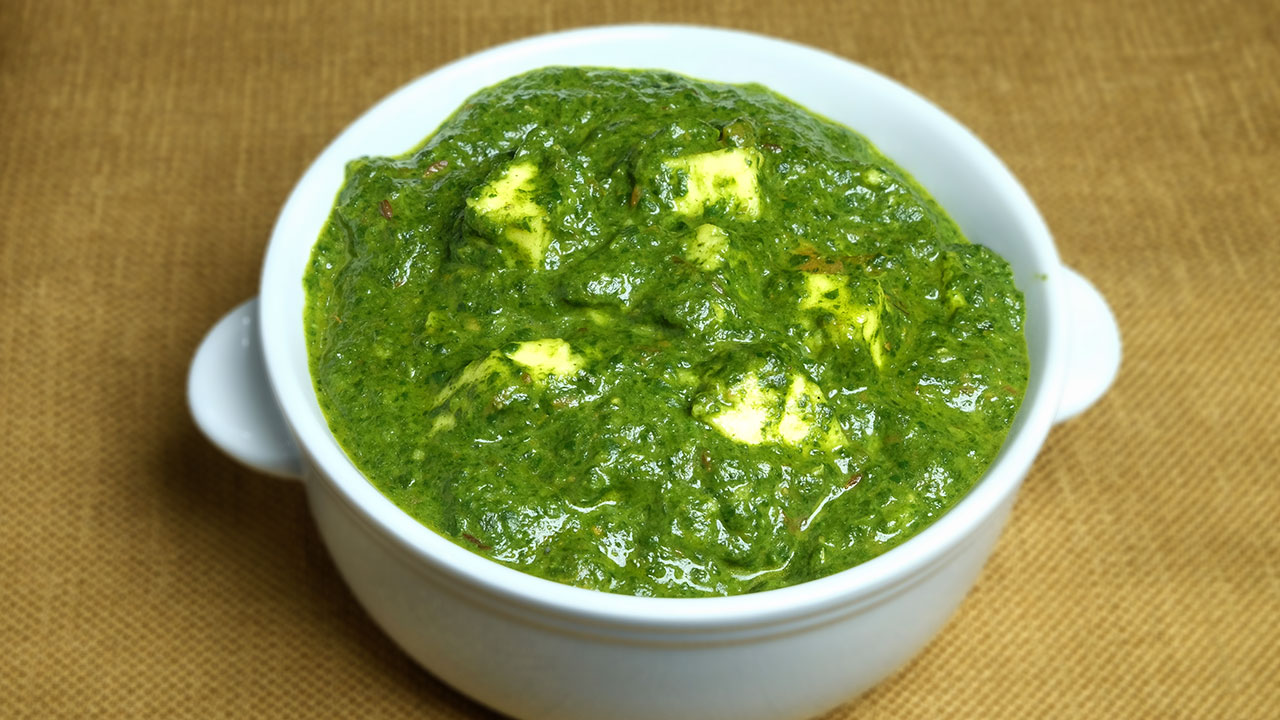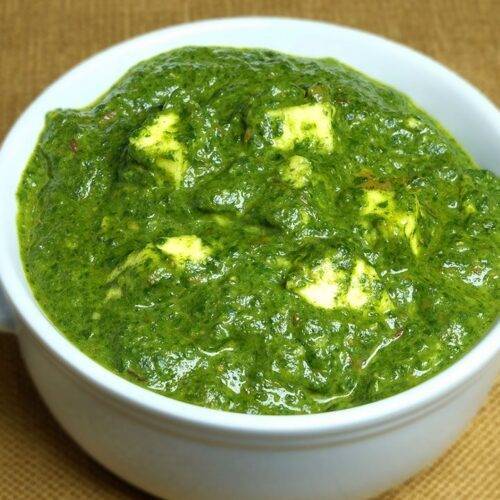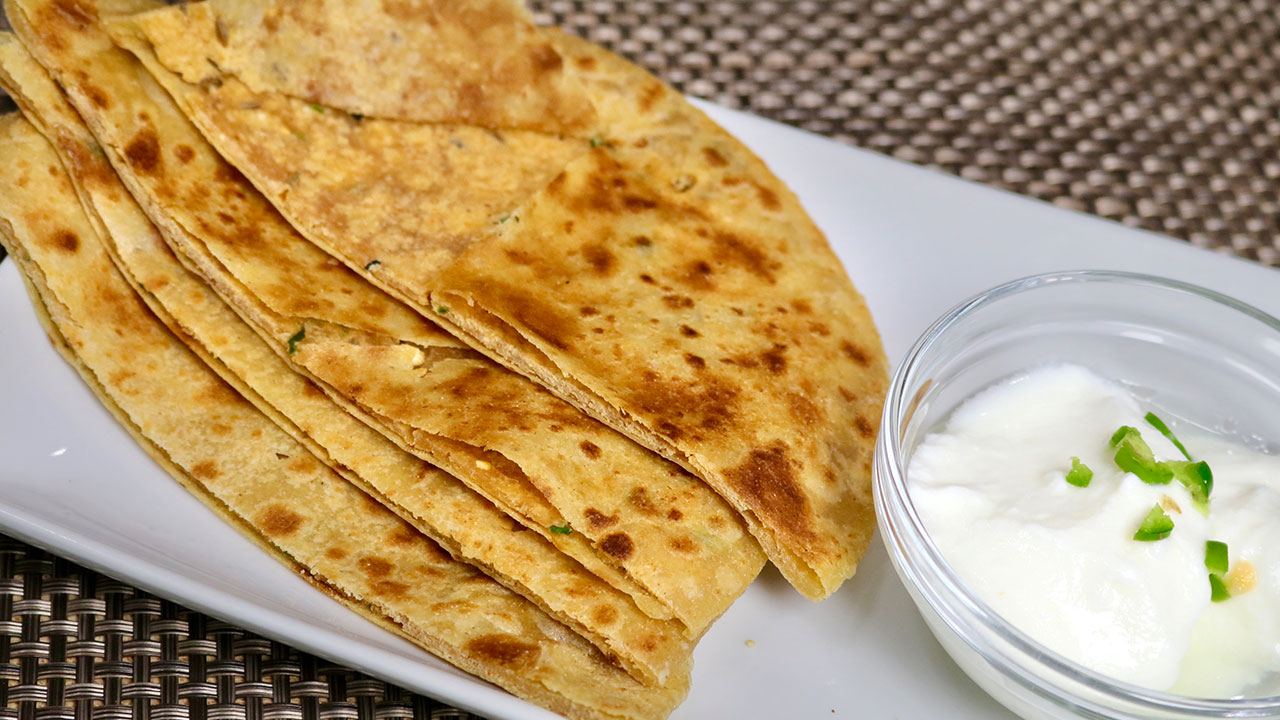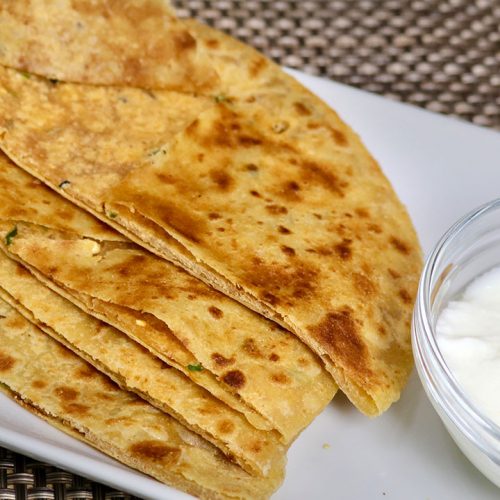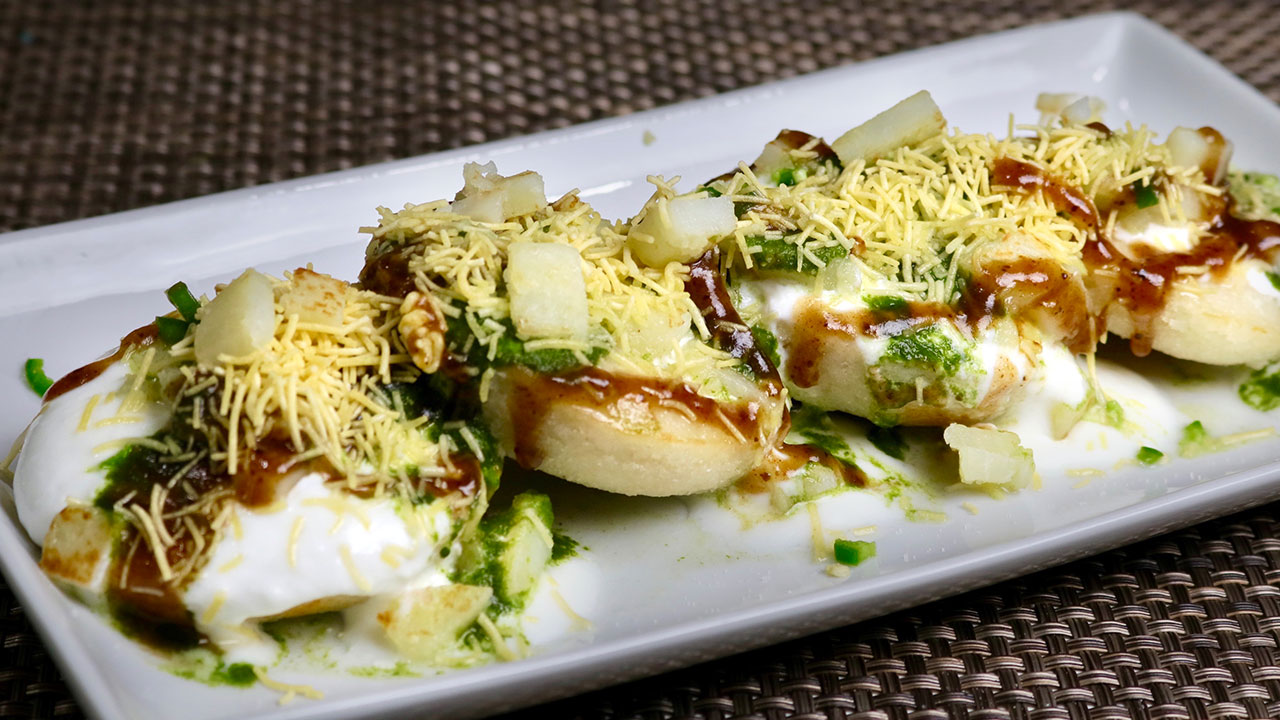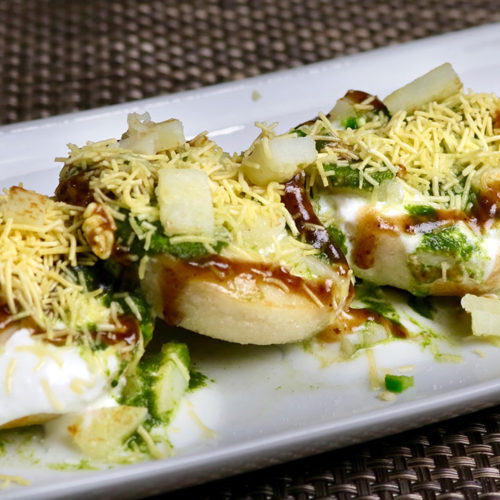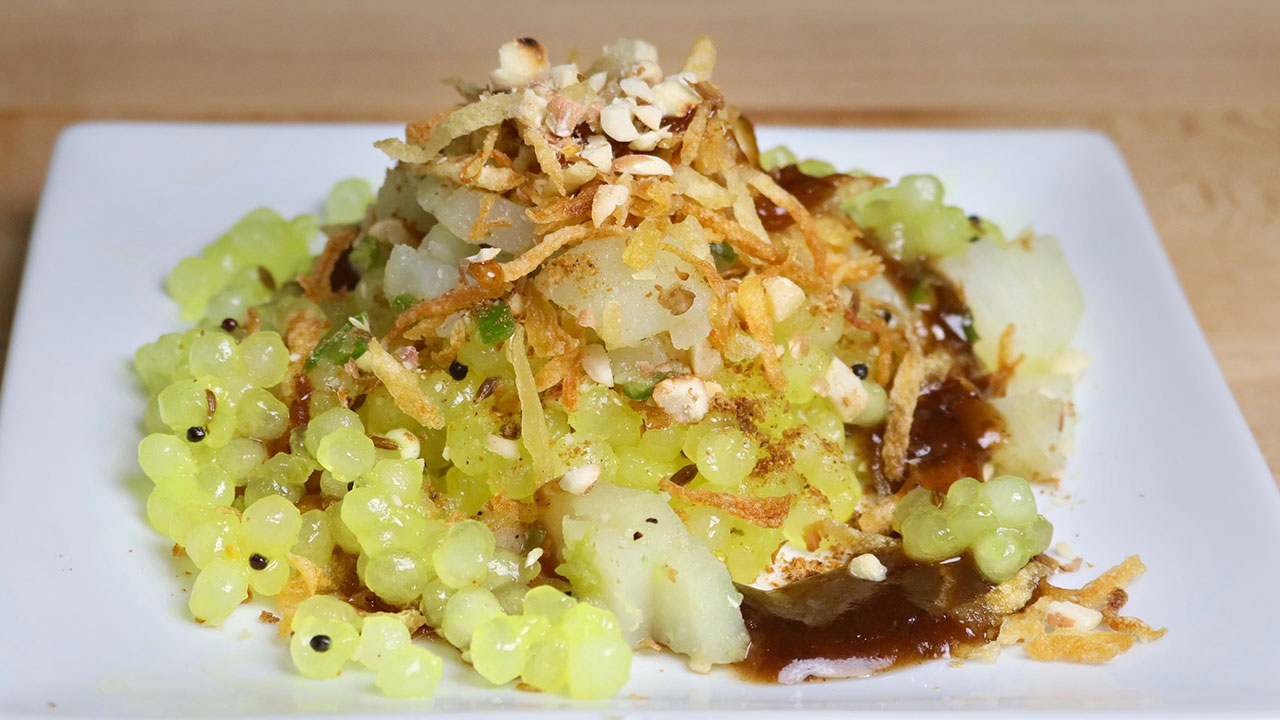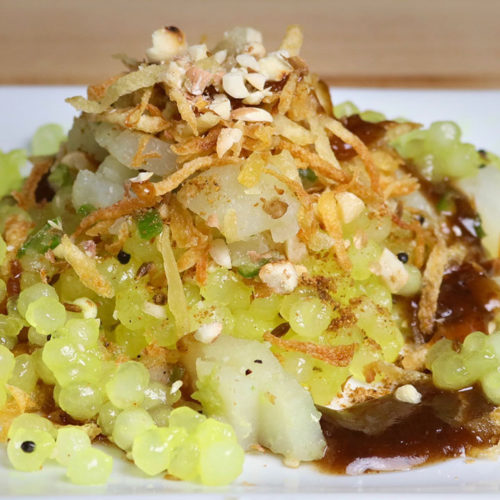Tawa Naan, Naan Without Tandoor
Ingredients
- 1 cup all-purpose flour plain flour, Maida
- 1/4 tsp baking soda
- 1/4 tsp salt
- 1/4 tsp sugar
- 1/4 cup yogurt room temperature
- 1-1/2 tsp oil canola, vegetable
- 1/4 cup look warm water use as needed
Garnishing
- 1 tbsp clear butter or ghee
- 1 tbsp chopped cilantro
- 1 tbsp green chili finely chopped
- 1/4 tsp sea salt
Instructions
- We also need tawa or skillet to make naan, nonstick skillet will not work for this recipe. Iron tawa or skiller works the best for making Tawa Naan.
Making Naan
- For garnishing mix all the ingredients, butter, salt, cilantro, and green chili Set aside.
- Mix the dry ingredients together, add 1 tablespoon of oil and yogurt mix it well. Then add the water gradually to make very soft dough but not sticky. Knead the dough on a lightly floured surface, knead the dough well. Apply light oil to the dough and cover. Let the dough sit for about 3 hours in warm place.
- Dough should be about 1-1/2 time, knead the dough again on floured surface. Divide the dough in four parts, lightly roll into the flour, cover the balls and let it sit for about five minutes before rolling.
- Roll the naan one at a time on a lightly floured surface little less than 1/4 inch thick. Sprinkle the water lightly on one side of the naan.
- Heat the tawa on medium heat, to check if tawa is ready sprinkle the few drops of water on tawa, water should sizzle.
- Put water side naan over tawa, once the naan start bubbling and dough start drying, turn the tawa over flames keeping about 2 inch away from the flames to cook the naan from top. Note: yes naan will stick to tawa and will not fall of, this the reason you cannot use the nonstick skillet.
- Once naan browned to your satisfaction, remove, and spread the butter mix over. Place in a on a plate and cover with a cloth to keep warm until serving. Naan is ready!
Notes
How to make Naan at Home on Tawa Recipe – Manjula’s Kitchen
Tawa or Skillet:
Let’s dive into crafting the perfect Tawa Naan (Indian bread) at home with this easy Tawa Naan recipe. Begin by selecting the right equipment – an essential iron tawa or skillet. Forgo the nonstick skillet; the traditional iron one is crucial for achieving that perfect stickiness in your Tawa Naan.
Garnishing:
Elevate your Tawa Naan with a delightful mix of clear butter, sea salt, chopped cilantro, and finely chopped green chili. This straightforward concoction adds richness, freshness, and a hint of heat, transforming your naan into a culinary masterpiece with our special naan on the tawa recipe.
Mixing the Dry Ingredients:
At the heart of our Tawa Naan recipe lies the meticulous combination of dry ingredients. In a mixing bowl, blend Maida, baking soda, salt, and sugar. Add oil and yogurt – the oil ensures a smooth integration of flavors, and the yogurt contributes a creamy richness and subtle tanginess to the dough in this How to make naan at Home on Tawa guide.
Gradual Addition of Water:
As you gradually add water to the dry mixture, witness the alchemy of dough creation. Water acts as the binding agent, transforming the dry ingredients into a soft, pliable dough. Aim for a texture that is soft yet not sticky, setting the stage for a naan that strikes the perfect balance between chewiness and tenderness in our naan on tawa recipe.
Kneading and Resting the Dough:
The art of kneading takes center stage. On a lightly floured surface, the dough transforms. Well-kneaded and coated with a touch of oil, it is covered and left to rest for a patient for three hours. This period of repose allows the dough to rise, making it 1-1/2 times its original size, imparting a lightness that will be evident in the final Tawa Naan.
Division and Resting:
Post-resting, knead again and divide the dough into four equal parts. Lightly roll the dough balls in flour, cover them, and grant them a five-minute interlude before the next act in our naan on the tawa recipe. This resting period allows the dough to gather its composure, ensuring a smooth rolling process.
Rolling and Sprinkling:
Each naan takes shape individually, rolled on a lightly floured surface to a thickness slightly less than 1/4 inch. A sprinkle of water on one side adds subtle moisture, a touch that will contribute to the naan’s characteristic texture as per our how to make naan at home on Tawa guide.
Cooking on the Tawa:
The Tawa, heated to a medium temperature with a few drops of water sprinkled on the surface sizzling, signals the readiness of the Tawa. The naan, waterside down, meets the hot surface. As it begins to bubble and the dough dries, a flip of the tawa over flames cooks the naan from the top. A crucial note underscores the unique nature of this process: the naan sticks to the Tawa, a characteristic that needs the use of a traditional iron surface rather than a nonstick skillet.
Final Touch:
As the naan achieves the desired golden-brown hue, it exits the stage. A generous spread of the previously prepared butter mix crowns the naan with a final change of richness and flavor. Placed on a plate and covered with a cloth, the naan awaits its moment of glory, ready to be served warm and relished in our naan on tawa recipe.
Serving Suggestion:
Completing our culinary symphony, the serving suggestion recommends pairing the Tawa Naan with Dal Makhani, Punjabi Chole, Palak Paneer, Butter Paneer Masala & Malai Kofta. This is not merely a suggestion but a curated experience, inviting us to savor the naan’s texture and flavor alongside these iconic accompaniments, creating a culinary ensemble that transcends the ordinary according to our how-to-make naan at home on tawa guide.

